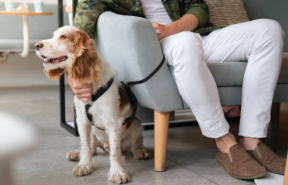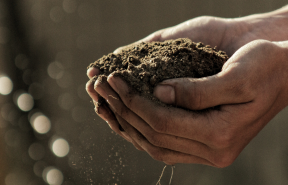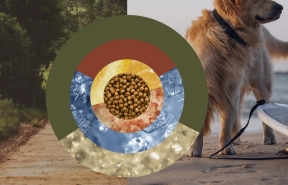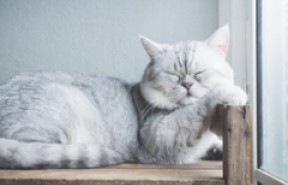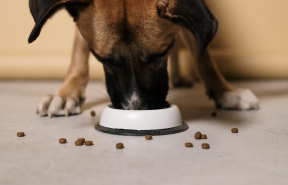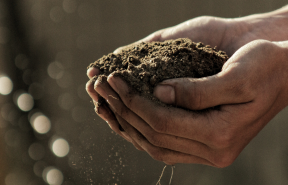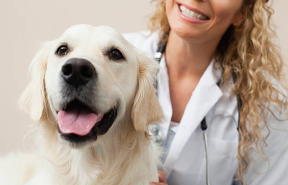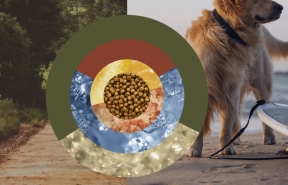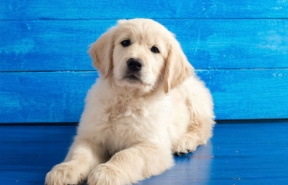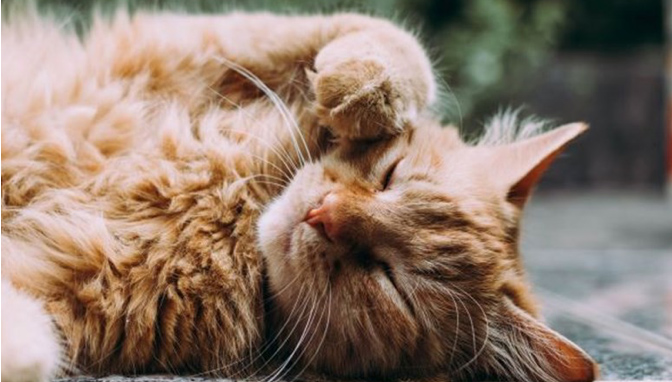Puppy 03 puppy feeding time from Advancepet on Vimeo.
Toilet training
Toilet training your puppy is a process that will require time and patience. Like all training, this should be based on a positive reward based training method. Remember that every puppy is unique, so they all learn at their own pace.
Your puppy has a small bladder and bowel so they will need to be taken outdoors to toilet regularly, otherwise accidents will happen! Supervision and regular trips to the toilet area are key when it comes to successful toilet training. Ideally, you want to avoid mistakes from happening in the first place. Here we discuss our tips for toilet training success.
Regular toilet trips
To set your puppy up for success, take them out every hour during the day as well as anytime you see signs they may need to go. These include sniffing, walking away or in circles, scratching at the floor, waiting by the door or being restless. When your puppy relieves themselves in their toilet spot be sure to praise and reward them. Young puppies will need to be taken outdoors to toilet at least every 2 to 3 hours during the night so set your alarm for the next few weeks!
If accidents happen
If you catch your puppy in the process of toileting inside, calmly pick them up and carry them outside.
Never ever punish your puppy for toileting inside as this will only confuse your puppy and delay the process of toilet training. These puppies tend to toilet out of sight of their owner for fear of being punished, for example, under the sofa, behind the TV, in another room etc.
Even in the rain
Teach your puppy that it's possible to go to the toilet outside when it's raining or the grass is wet! This means that initially you will have to take your puppy outside in the rain and wait until they go to the toilet. Praise and reward for a job well done!
When you're out
If you need to leave your puppy alone while you're at work, confine them to an area such as the laundry or kitchen. You can also create a suitable space using a puppy play pen. Provide some comfortable bedding or use their crate leaving the door open, fresh water and a range of chew toys.
Create a toileting area away from the puppy’s bed, as puppies naturally want to toilet away from their sleeping area. Use whatever surface your puppy will be toileting on long-term. For puppies that are likely to toilet on grass, use a litter tray containing turf. For puppies that will live in a more urban environment, you could use a litter tray containing concrete tiles. Materials such as newspaper or commercial pee pads can be used in a pinch, but they have the disadvantage of not helping the puppy develop a preference for the surface they will eventually be toileting on. If you can use that type of surface now, you can help your puppy make the connection.
Consistency is key
Ensure that every member of the household is consistent when toilet training. This will help your puppy learn faster. Remember to be patient, and if you can maintain a good sense of humour during this period, that's an advantage!
Follow these tips and your puppy will be well on their way to being toilet trained.
